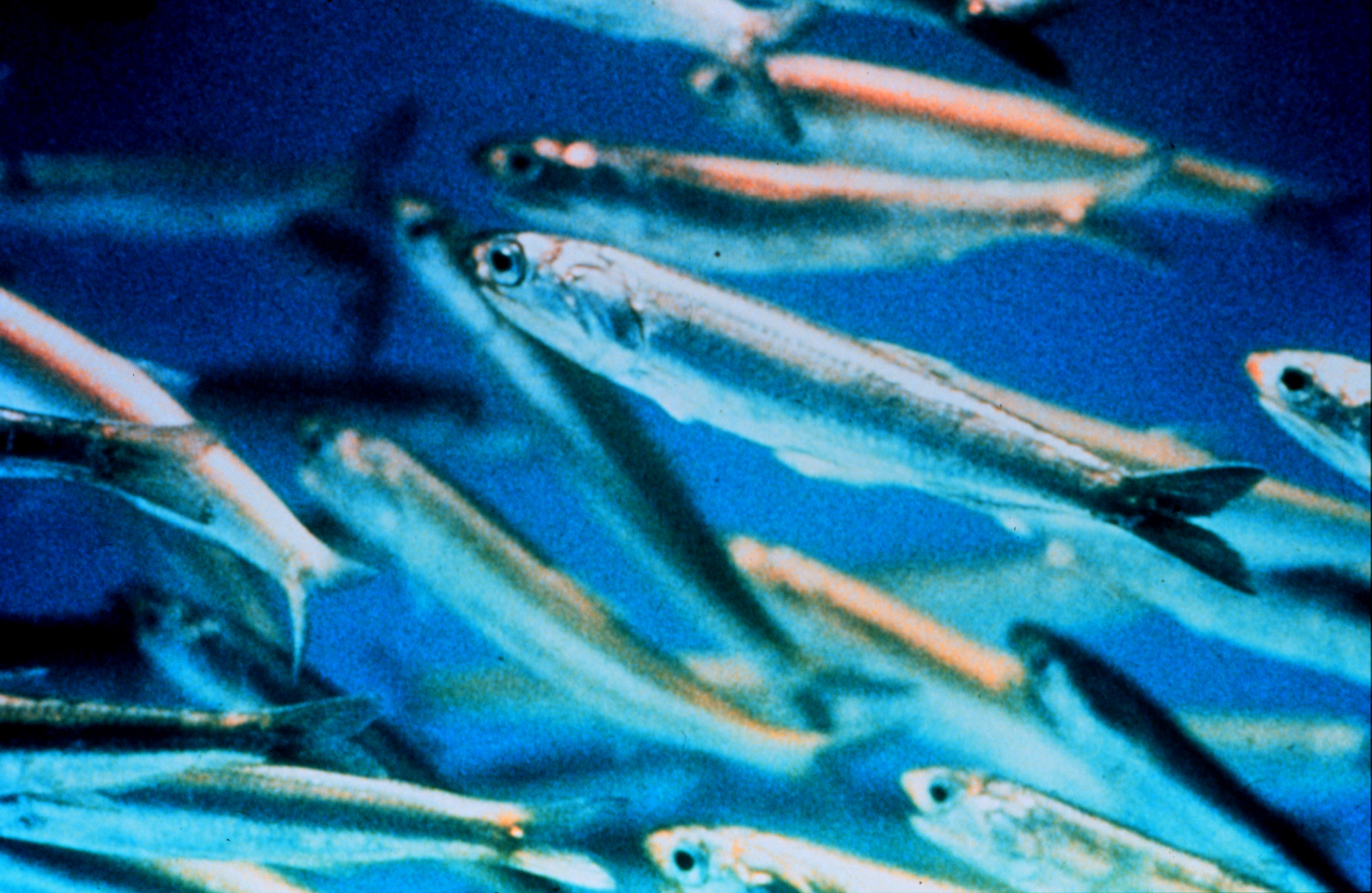A 66 million year old evolutionary experiment created sabre-toothed anchovies
Behold, the mystery of a singular hidden fang
Joschua Knüppe
The most exciting paleontological discoveries aren't always made in the field, dusty and sweaty in the sun. Sometimes, you're still dusty, but the fossils are buried in a cabinet.
When doctoral student Alessio Capobianco and his advisor, Matt Friedman, were digging through a cabinet of fish fossils, they weren't sure what to expect. Collected in the 1970s from Pakistan and never described, the fossils comprised little-studied fish from about 66 to 40 million years ago.
One of these fossils stood out: a 10 centimeter long portion of a fish's head — an extinct ancestor of anchovies — with a handful of large fangs sticking out of its lower jaw. Intrigued, Capobianco and Friedman put the fossil through a CT scanner to map its internal structure.
The scan revealed a single "sabre-tooth" fang jutting out of the fish's upper jaw. "When I saw that, I was equally surprised and excited," Capobianco says. "We knew we had something remarkable in our hands."
Why did the fang stand out?
Most anchovies today feed on tiny organisms called plankton, so they don't need big teeth, let alone fangs capable of ripping other fish to shreds. That raises an evolutionary question: which came first, the fish-eaters or the plankton-eaters? Either is possible, given that this anchovy evolved in the chaotic wake of a mass extinction 66 million years ago. In this time, Capobianco says, "Bizarre 'evolutionary experiments' occurred, but not all of them made it to the modern day. Sabre-toothed anchovies are a perfect example of such failed evolutionary experiments."

Wikimedia
That single sabre-tooth also stands out among fossils because other fish lineages, such as eels and anglerfish, have fangs — plural. Capobianco's fossil has just one and he, excited to name his first species, thought carefully about what call their discovery. He settled on Monosmilus, meaning "single knife."
The fossil Monosmilus answers some of the questions about fish evolution between 66 million years ago and today, but it raises others. More fish fossils — and maybe more dusty cabinets — will be needed to solve those puzzles.





















